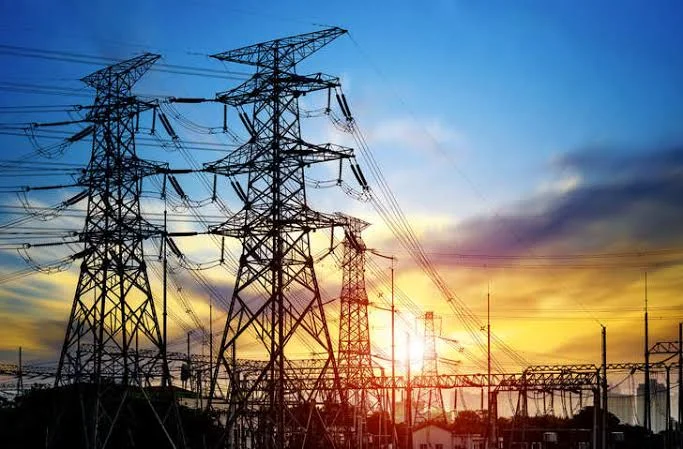Nigeria’s power generation plummeted by 19.23% to 3,089.30 megawatts (MW), plunging much of the country into darkness during the Easter season. This significant decline, reported by the Independent System Operator (ISO), a unit of the Transmission Company of Nigeria (TCN), has sparked concerns about the reliability of the nation’s electricity supply.
Sharp Decline in Electricity Output
Data from the ISO reveals that the drop from a peak of 3,829.7 MW represents a loss of 735.30 MW, severely disrupting power supply across Nigeria. The Association of Power Generation Companies (APGC) attributes this shortfall to ongoing issues with grid management by the TCN. According to APGC Executive Secretary Joy Ogaji, the frequent starting and stopping of power plant turbines—up to 365 times a year compared to an ideal 20—causes significant wear and tear. This has led to maintenance challenges, with companies like Siemens warning Geregu Power Plant to shut down turbines to avoid permanent damage, and General Electric issuing similar concerns for Calabar Power Plant.
Systemic Challenges in the Power Sector
A report titled ‘Nigerian Power Sector – Gas and Power Generation Brief’ highlights deeper structural issues. Despite Nigeria’s installed generation capacity growing from 5,500 MW to over 11,000 MW, actual available capacity fluctuates between 4,200 MW and 7,500 MW due to gas supply shortages, hydrological conditions affecting hydropower, and persistent maintenance issues. Transmission constraints further limit output to a maximum of 5,500 MW, far below the national demand of 28,880 MW. The report notes that the Nigerian Electricity Supply Industry (NESI) only recovered 64% of electricity supply costs, with generation companies and gas suppliers bearing the brunt of unpaid capacity and infrastructure costs.
A Sector in Transition
The report underscores that Nigeria’s power sector is transitioning from government to private ownership, facing structural, technical, and financial challenges. Inefficiencies in the electricity value chain—from generation to transmission to distribution—hinder progress. The APGC’s investigation revealed that frequent grid instability exacerbates equipment strain, reducing the sector’s reliability. These issues, compounded by inadequate grid management and limited gas availability, prevent Nigeria from meeting its energy needs, impacting households and industries alike.
Call for Urgent Reforms
Addressing these challenges is critical to unlocking Nigeria’s power sector potential. The report advocates for effective solutions to gas supply and generation problems, which could galvanize public and international support for ongoing power sector reforms. Without swift action, Nigeria risks continued power outages and economic setbacks, underscoring the need for a robust strategy to stabilize and expand the electricity supply.






